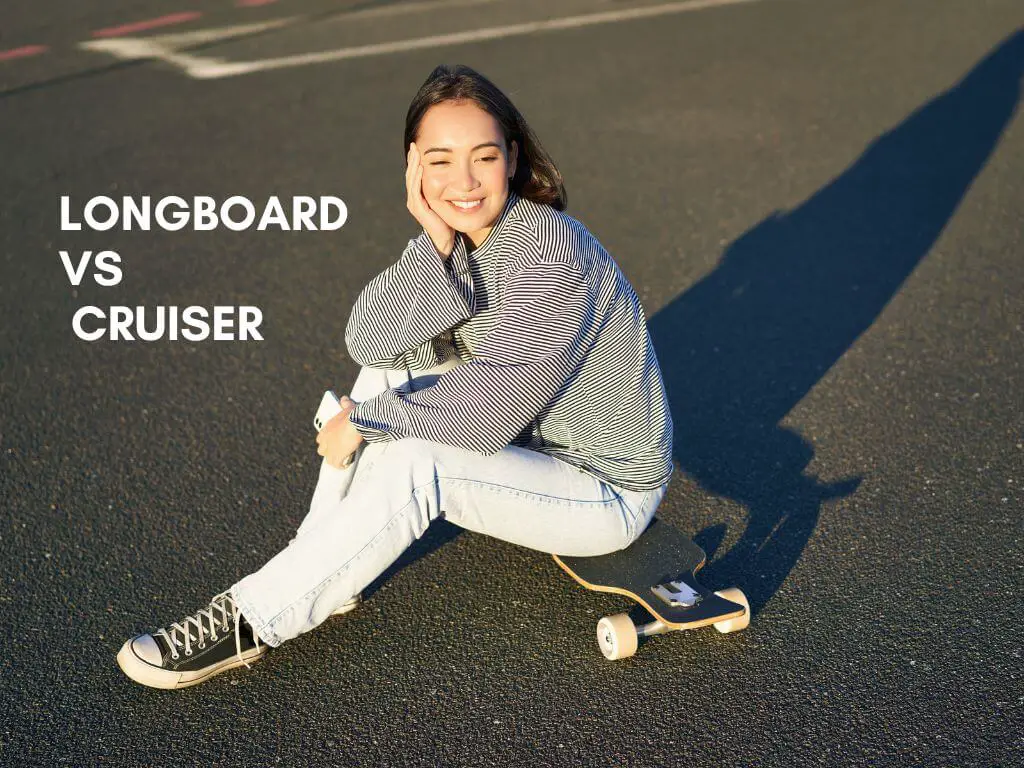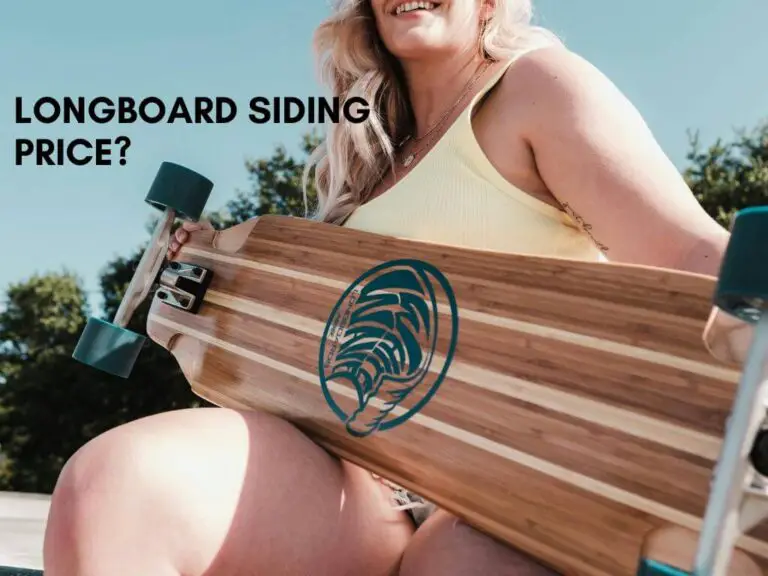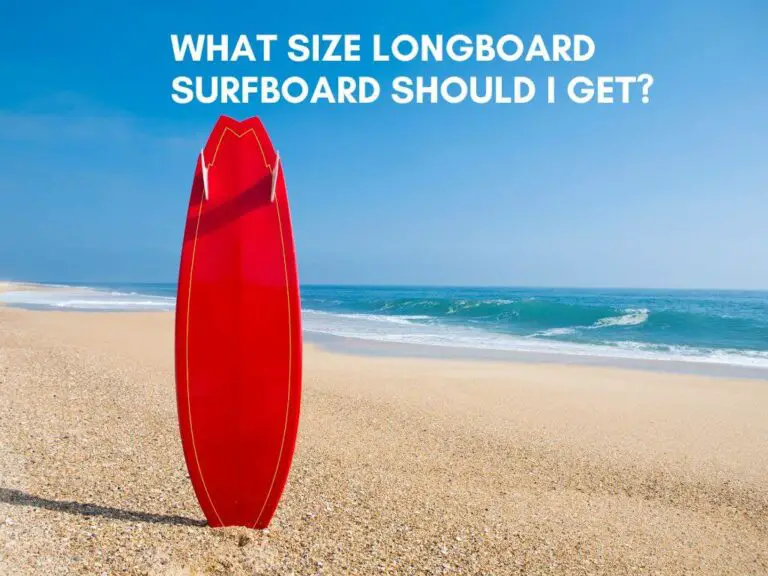When it comes to choosing the right board for your skating adventures, the debate of longboard vs cruiser is one that every rider faces. Whether you’re a seasoned skater or a beginner looking to hit the streets, understanding the differences between these two popular options can make all the difference in your ride. Longboards and cruisers each have their unique strengths, catering to different styles, terrains, and preferences.
But which one is right for you? In this guide, we’ll break down the key features, pros, and cons of longboard vs cruiser to help you make an informed decision and elevate your skating experience. Let’s dive in!
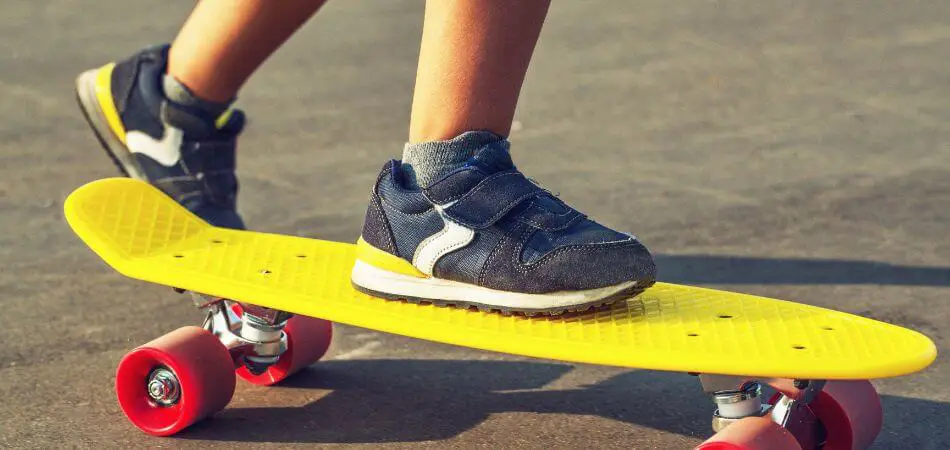
Deck Size and Length
Deck size and length represent crucial differences between longboards and cruisers. These key measurements shape your board’s performance on the streets.
Longboard Dimensions
Longboards truly earn their name through their impressive size. These boards stretch 34 to 46 inches in length and span 8.5 to 10 inches in width. Their generous proportions serve a practical purpose and deliver exceptional stability to riders. Canadian maple construction adds the perfect blend of stiffness and strength that supports diverse riding styles.
Cruiser Dimensions
Cruiser boards come in a compact design with lengths of 28 to 34 inches and widths of 8 to 10 inches. These smaller dimensions make cruisers ideal for riders who want portability while maintaining good stability. The design blends traditional skateboard and longboard features together. A subtle kicktail adds more riding options to these versatile boards.
Effect on Stability and Maneuverability
These boards’ size differences create unique riding characteristics that break down into these basics:
- Stability Factors:
- Longboards’ longer wheelbase gives you better stability at high speeds
- The wider deck gives more foot space and helps beginners balance better
- You’ll find it easier to position and keep your stance on the larger platform
The link between deck size and your riding experience shows up clearly in how you can move around:
- Urban Navigation
- Cruisers shine in tight spaces and crowded spots
- The shorter length lets you make sharper turns
- You can carry and store them easily when you’re not riding
- Speed and Control
- Longboards keep you stable at high speeds
- The extra deck space spreads your weight better
- Speed wobbles happen less with the longer wheelbase
Deck size shapes your riding style and what you can do on the board. A cruiser’s compact size lets you zip through pedestrians and change direction quickly in busy city streets. The longboard’s length gives you a smooth, stable ride that builds your confidence on longer trips.
Board Shape and Design
A board’s shape and design directly affect its performance under your feet. Understanding these differences is vital to select the right board that matches your riding style.
Longboard Shapes
Longboards come in an impressive variety of designs that fall into two main categories: directional and symmetrical. Directional boards, such as the popular pintail design, excel at forward motion and deliver exceptional stability on downhill runs. These boards perform best especially when you have long-distance cruising sessions.
Longboards feature three primary mounting configurations:
- Top Mount: Traditional style that lets you utilize maximum control for turns
- Drop Through: Lowered deck height that improves stability
- Double Drop: Combines drop-through mounting with a dropped platform
Cruiser Shapes
Cruiser boards showcase compact designs perfect for urban environments. The kicktail, a raised back end, provides incredible control for quick turns and obstacle navigation. These boards have a squared tail and pointed nose that mirror surfboard designs while serving practical purposes.
| Feature | Purpose |
|---|---|
| Kicktail | Quick turns, tricks |
| Pointed Nose | Improved maneuverability |
| Squared Tail | Stability in tight turns |
How Shape Affects Riding Style
Our testing shows that board shape directly impacts how you ride. To cite an instance, pintail longboards give us better stability during high-speed runs. These boards work great for downhill adventures. The symmetrical shapes we tested perform best at freeriding and sliding maneuvers.
Both board types’ concave profile is a vital part of foot grip and control. Downhill-focused shapes usually have deeper concave to boost control. Cruiser designs use moderate concave that strikes a balance between comfort and security.
Riders who want to do tricks will find that cruiser shapes with kicktails work better for urban riding and simple tricks. Longboard shapes create the perfect platform to carve, slide, or push long distances based on their design features.
Shapes also differ in torsional stiffness and flex patterns. These differences change how the board responds during turns and handles road vibrations. Cruisers are typically stiffer to give precise control. Some longboard shapes use flex patterns that boost carving and pump-ability.

Truck Types and Mounting
Riders need to know their truck types and mounting systems to optimize their setup. Our team has tested various configurations extensively. The differences between longboard and cruiser trucks substantially affect how you ride.
Longboard Trucks
Let’s get into longboard trucks and you’ll notice their wider profile right away. These trucks typically range from 150mm to 180mm and feature a Reverse Kingpin (RKP) design that points the kingpin outward. This setup works amazingly well, and with good reason too:
- Increased stability at higher speeds
- Improved turning response for carving
- Better accommodation of larger wheels
- Higher ground clearance
The baseplate angle on longboard trucks usually ranges between 45-50 degrees. This sweet spot gives riders an excellent balance of stability and turning ability.
Cruiser Trucks
Cruiser boards employ Traditional Kingpin (TKP) trucks that stand out with their unique design and performance. These trucks come in narrower widths, ranging from 105mm to 130mm. We found that there was several advantages TKP trucks provide:
| Feature | Benefit |
|---|---|
| Lower ride height | Better push efficiency |
| Lighter weight | Improved portability |
| Sharper response | Better maneuverability |
| Traditional design | Superior grinding capability |
Influence on Turning and Stability
Our testing shows that truck configuration makes a huge difference in how a board rides. The relationship between truck width and deck width is vital – matching these measurements gives you the best performance.
Stability and maneuverability have some interesting relationships:
- Wider Trucks (Longboard)
- You’ll get better stability at higher speeds
- Speed wobbles become less likely
- Turns take more effort
- These work great for downhill and distance riding
- Narrower Trucks (Cruiser)
- Turns feel more responsive
- You can change direction faster
- The board gets less stable at speed
- These excel in urban environments
Truck tightness makes a big difference in performance. Loose trucks let you carve better but you’ll need more skill to control them. Tight trucks give you more stability but make turning harder. New riders should start with slightly tighter trucks and loosen them as they get better.
Baseplate angles really change how the board feels – higher angles (45-50°) give you snappier turns that work great for cruising and carving. Lower angles help you stay stable, which makes them perfect for riding at higher speeds.
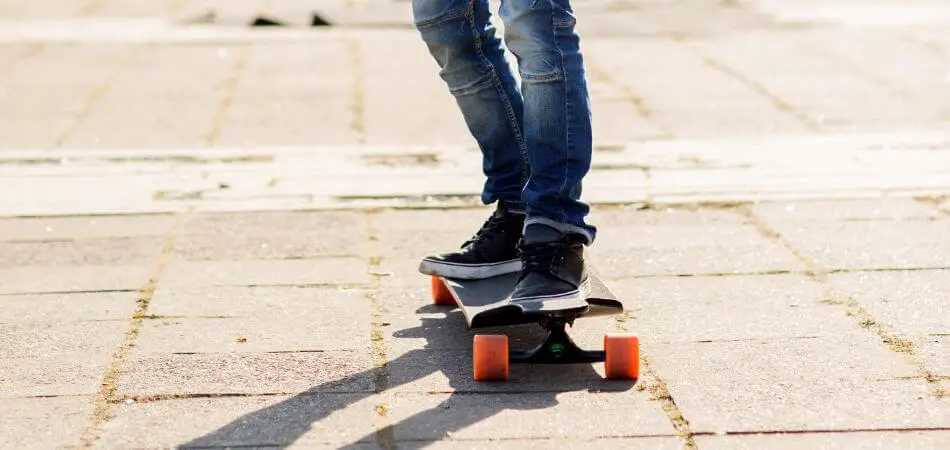
Wheel Size and Hardness
Your board’s performance on different surfaces depends significantly on wheel selection. We tested multiple wheel configurations to understand their effect on the riding experience.
Longboard Wheels
Our tests show that longboard wheels start at 70mm and can grow bigger. These wheels come with specific features:
- A wider contact patch that boosts stability
- Urethane with higher rebound to keep speed consistent
- Different durometer ratings (75a-85a) that suit various riding styles
Longboard wheels’ hardness compound creates distinct performance characteristics. Harder compounds (around 85a) help riders maintain speed during extended cruising sessions. Slightly softer options give better grip when riders carve and slide.
Cruiser Wheels
Cruiser wheels come with unique features that work perfectly in urban settings. These wheels measure 55-65mm in diameter. Our extensive testing shows that cruiser wheels are a great way to get:
| Feature | Benefit |
|---|---|
| Softer Compound | Better shock absorption |
| Smaller Size | Improved acceleration |
| Wider Contact Patch | Boosted grip |
Cruiser setups use a softer compound (typically 78a-82a) that delivers excellent grip and shock absorption. This makes them the perfect choice to handle rough city streets.
Effect on Speed and Ride Quality
Our testing shows how different wheel features shape your riding experience. Longboard wheels are larger and excel at keeping speed while rolling over obstacles smoothly. These wheels give you:
- Speed Characteristics
- Better momentum retention
- Higher top speeds
- Slower acceleration
- Less jarring from road bumps
The wheel’s durometer is a vital factor in ride quality. Softer wheels (75a-78a) give the smoothest ride and work best for cruising and commuting. These wheels absorb vibrations well and feel most comfortable on rough surfaces.
Cruiser wheels create a great balance for city riding. Their compact size helps you accelerate quickly, and their softer material makes riding comfortable on different surfaces. The tradeoff is they won’t keep speed as well as longboard wheels on longer rides.
The contact patch – where wheel meets ground – substantially affects how you ride. Longboard wheels have wider contact patches that spread weight across more surface area to improve stability. Cruiser wheels use smaller contact patches that let you turn more quickly and start slides easier.
Riding Style and Purpose
Your riding style shapes how you experience skating, and we found that there was something special about both longboards and cruisers on the streets. Our extensive testing of different setups shows how each board type matches specific riding priorities and goals.
Longboarding Styles
Four distinct longboarding styles demonstrate these boards’ versatility:
Cruising: Beginners will find this style most available to start with. Cruising longboards (32″-42″) provide comfortable transportation with soft wheels that handle rough terrain smoothly. The board’s flex absorbs vibrations on longer rides, which makes it ideal to commute casually.
Freestyle: This creative style lets riders express their personality through their moves. Riders can perform standing tricks, dance on their boards, and create fluid movements. The longer platform provides enough space to cross-step and do pirouettes, while the stable design helps you retain control during complex moves.
Freeride: Technical riding combines downhill elements with trick-oriented sliding. Riders can perform controlled slides to manage their speed. The board’s medium-to-stiff flex and concave shape keep your feet locked in position.
Downhill: Adrenaline seekers love this style that focuses on maximum speed and control. Riders employ stiff decks and soft wheels that provide optimal grip. This setup helps achieve impressive speeds while staying stable through hairpin turns.
Cruiser Riding Styles
Cruiser boards excel in different ways based on our extensive experience:
| Style Aspect | Characteristics |
|---|---|
| Urban Navigation | Quick response, nimble turning |
| Short Distance | Efficient pushing, easy carrying |
| Technical Riding | Kicktail tricks, obstacle management |
Cruiser boards offer a distinctly nimble riding experience. The board responds instantly to direction changes because of its kicktail design. This feature becomes especially useful with crowded spaces or quick maneuvers around obstacles.
Choosing Based on Intended Use
Our extensive testing has led us to develop a practical approach to choosing between longboards and cruisers. Here are the key factors to think over:
- Distance and Duration
- Long commutes: Longboards work best because they’re stable and comfortable
- Short trips: Cruisers are more portable and pick up speed quickly
- Environment
- Open roads: Longboards give you better stability and smoother rides
- Urban settings: Cruisers work great in tight spaces and crowded areas
Your choice substantially affects how you handle different terrains. To name just one example, longboards excel at carving spots because they can make wide, flowing turns. Our cruisers handle quick direction changes perfectly in tight urban spaces.
Both boards adapt well to different situations. We found that there was room for creativity even in spots that seemed better suited for the other board type. This helps us make the most of our chosen board’s strengths. Each board is a chance to develop skills and enjoy the ride – whether you’re taking a cruiser down a gentle hill or navigating city streets with a longboard.
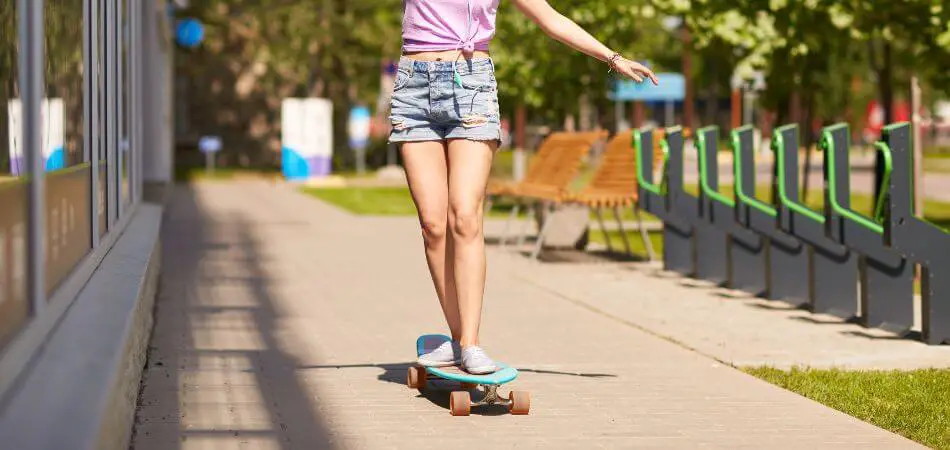
Pros and Cons
We tested and rode both styles for many hours to create a complete analysis of longboards and cruisers’ strengths and weaknesses. Our hands-on experience reveals that each board type shines in specific situations but has its limitations in others.
Longboard Advantages and Disadvantages
Our tests show that longboards have clear benefits that make them perfect for specific riding styles. Let’s look at what we found:
Advantages:
| Benefit | Our Experience |
|---|---|
| Superior Stability | The longer wheelbase gives riders more confidence at high speeds |
| Comfortable Rides | Larger wheels and deck space help riders stay fresh on long trips |
| Beginner-Friendly | The learning curve feels much gentler for new riders |
| Smooth Cruising | Great shock absorption makes rough terrain easier to handle |
| Carving Potential | Riders can express themselves with flowing turns and movement |
Our tests also showed some limitations that riders should think over:
Disadvantages:
- Size and weight make transportation difficult
- Hard to maneuver in tight urban spaces
- Fewer trick options compared to shorter boards
- Hard to store in small spaces
- Takes more energy to push and speed up
Cruiser Advantages and Disadvantages
Our time riding in urban areas has shown some unique benefits that make cruiser boards stand out:
Advantages:
| Feature | Benefit We’ve Experienced |
|---|---|
| Compact Size | Fits easily in hand and storage during commutes |
| Quick Response | Great control in busy areas |
| Versatile Usage | Works for both travel and tricks |
| Lightweight | Easier to carry between rides |
| Urban-Friendly | Perfect to direct through city obstacles |
Our real-world tests revealed these limitations:
Disadvantages:
- You need better balance and skills
- Stability drops at high speeds
- Road bumps affect the ride more
- Small foot space limits stance changes
- Smaller wheels mean shorter rides
Your main riding environment and goals usually determine the choice between a longboard and cruiser. City commuters love cruisers because they’re portable and nimble. People who enjoy longer rides or faster speeds pick longboards instead.
Board stability is a vital factor in our advice to riders. New riders should start with longboards because they’re more forgiving. Experienced riders who want something portable do well with cruiser setups.
Riding styles change naturally with different boards. Longboards lead to flowing carves and distance pushing. Cruiser sessions become more playful with quick turns and some tricks mixed in.
Both boards shine in their own way – we learned this from years of riding them. Longboards work fine for city trips and cruisers can handle longer rides. The key is to adapt your style to match the board’s strengths.
Weather and ground conditions affect our board picks too. Cruisers feel better on rainy days because they’re lighter and easier to handle. Rough roads and long trips call for longboards that absorb shock better and keep rolling longer.
The sort of thing i love is how board limitations help build better skills. Tight spaces with longboards teach control and planning. Fast rides on cruisers make you better at balance and weight shifts.
What We’ve Learned About Choosing Boards:
- Pick a board that fits your everyday riding needs
- Think about how you’ll store and move your board around
- Match the board to your riding abilities and what you want to learn
- Look at the terrain and riding conditions in your area
Our tests show that riders often end up buying both types of boards. They use each board’s strengths to their advantage. This strategy gives them the most flexibility and helps them become better all-around riders.
Conclusion
Longboards and cruisers take different approaches to skateboarding. Their physical features give riders unique advantages. Longboards come with extended deck length, reverse kingpin trucks, and larger wheels. These features make them perfect for stable, comfortable rides across long distances. Cruisers work best in urban environments because of their compact design, traditional kingpin trucks, and smaller wheels. Riders can direct through tight spaces with precision and ease. These core features determine how each board performs and how riders connect with their environment to express their style.
Your riding goals and environment should help you choose between these two versatile options. Longboards work well for riders who want stability, distance coverage, and flowing carves. Cruisers attract those who need portability and quick maneuverability in urban settings. Both boards help riders develop unique skills and experiences. There’s no wrong choice – just different ways to enjoy skating. These differences help riders pick the board that matches their needs and riding goals perfectly.
FAQs
Which is easier for beginners, a cruiser or a longboard?
Cruiser boards, due to their smaller size, can be more challenging for beginners compared to longboards. Longboards are not typically used for skatepark tricks but are better suited for cruising on city streets and flat roads.
What is the primary use of a cruiser board?
Cruiser boards are specifically designed for cruising around town. They are generally shorter and wider than traditional skateboards, offering stability and a smooth ride, making them ideal for traveling short distances while enjoying the ride.
How do the wheels of a longboard differ from those of a cruiser?
Longboards and cruisers differ significantly in terms of deck shape, trucks, and wheels. Longboards typically have larger, softer wheels suitable for higher speeds, while cruisers combine features of both skateboards and longboards, offering versatility.
What type of longboard is recommended for beginners?
For beginners, drop-through longboards are highly recommended. Their low height from the ground makes them easier to push, footbrake, and slide, which can be beneficial for new riders learning to control the board.
What distinguishes a cruiser from a longboard?
Cruisers are generally smaller and lighter than longboards. This makes them more portable and maneuverable, ideal for quick rides and navigating through crowded areas.

